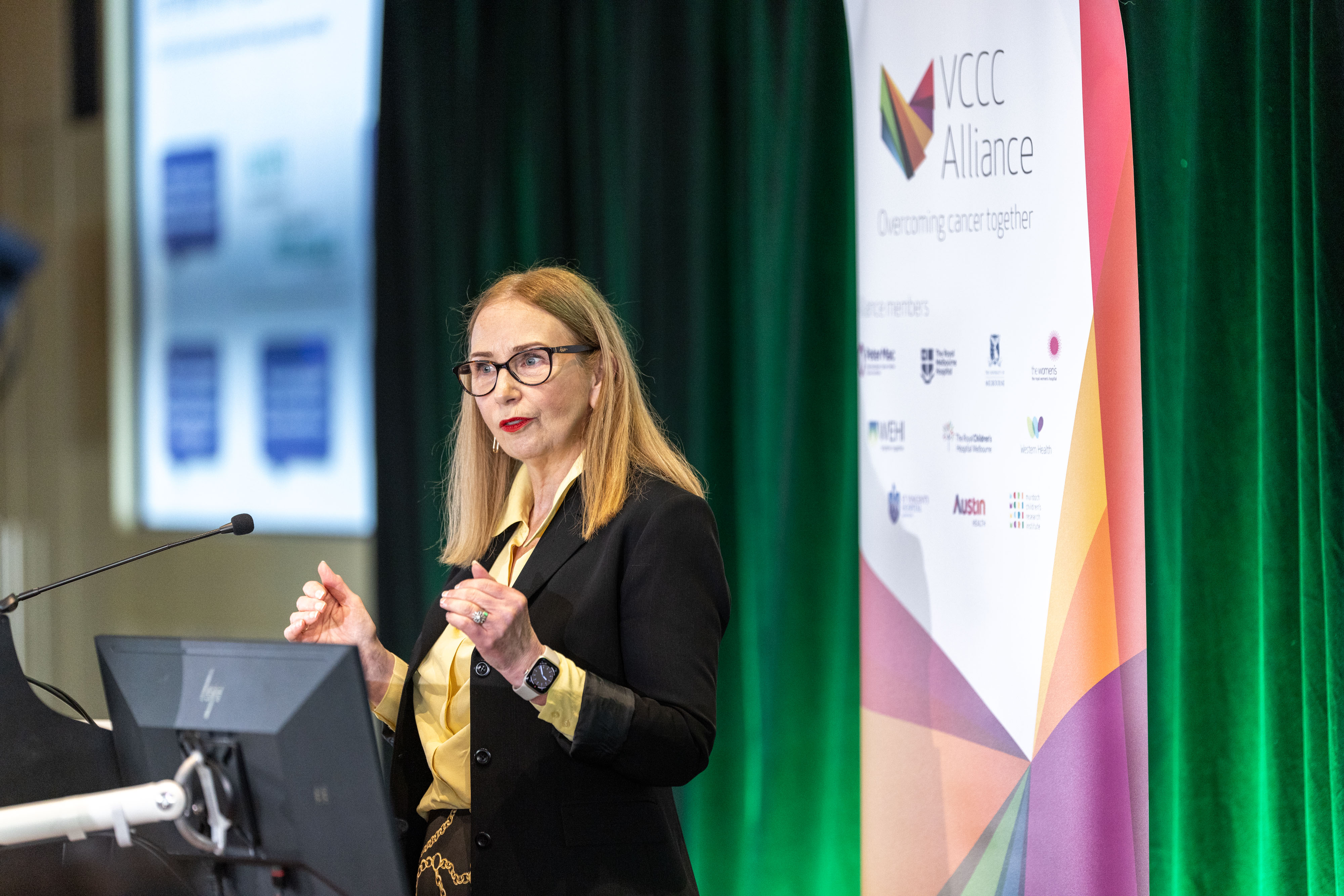






Clinical trials are an integral part of Australia’s healthcare system and help provide equity of access to treatments across rural, regional, and culturally diverse areas, ensuring that these communities are better represented in clinical study populations. Clinical trials also facilitate collaboration and partnerships, enhance institutional reputation, contribute to a more educated workforce, and help support optimal patient care.
While clinical trials are highly regulated, and over time have become increasingly complex. It is well understood that such complexity can be a barrier to both participants and those involved in conducting trials. For participants, a lack of understanding of trials, frequent visits to clinical sites (often at a significant distance from their home) and the disruption to their home and work life, is a common reason for non-participation.
Many trials also have restrictive eligibility criteria which exclude many patients to take part, even if they are willing to participate. Furthermore, the increasing complexity of trial designs can make it more difficult for emerging clinical trial units to undertake, leading to a disparity in representation and access, especially in rural and regional areas.
The novel/emerging trial methodologies of registry trials and teletrials provide an opportunity to address these barriers.
Download the registry trials and teletrials factsheet
Randomised-controlled trials (RCTs), the current gold standard in clinical trials, provide high-level scientific evidence comparing care approaches or treatment options. However, as mentioned above, RCTs commonly have narrow eligibility criteria, limiting patient recruitment. They also have substantial per patient costs.
Clinical registries are databases that can be designed to be disease, health services or product specific. They allow important clinical information to be collected for a specific area of interest and are designed to enable a variety of research questions to be answered.
When embedding a randomised controlled trial within a registry, it is known as a registry-based randomised controlled trial, or registry trial (rRCT). Additional trial modules can be added for randomisation and specific trial data (eg. patient reported outcomes) and data collection is achieved via the registry during routine care practices.
rRCTs, also known as pragmatic trials, have an advantage of allowing broader eligibility criteria than RCTs and can provide broader equity of access to patients which are more reflective of the real-world. This innovative trial design allows for more rapid recruitment in often underrepresented areas and at a significantly lower cost than a conventional RCT.
For more information, explore the VCCC Alliance registry trials toolkit.
Teletrials are another novel trial methodology where the primary site contains the Principal Investigator for the clinical study and is responsible for the conduct, coordination, and supervision of the clinical trial across the primary and satellite sites. The group of sites operating under the teletrial model is called a teletrial cluster.
The “primary” and “satellite” sites work in collaboration and are connected by telehealth for some or all aspects of the clinical trial. The teletrial model utilises telehealth technology to allow clinicians and the research team from a primary site to enrol, consent and treat patients on clinical trials in partnership with another centre or satellite site. While the uptake of teletrials is often of greater interest to regional and rural sites, the model can also connect sites within the same city.
The benefits of teletrials include:
Providing local access to clinical trials is especially important for patients in regional and remote locations.
Telehealth allows research teams to use telephone or video calls to consult with participants and health professionals remotely. This allows satellite sites to take on aspects of a clinical trial they wouldn’t normally have the capability or capacity for, enabling care closer to home.
For more information, explore the VCCC Alliance teletrials toolkit.
